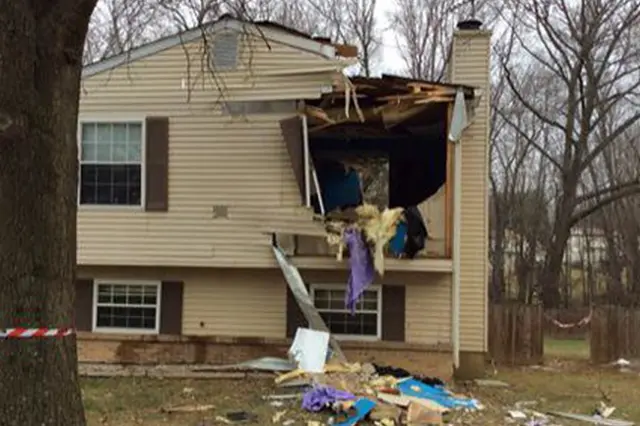What is salvageable after a house fire?
When something goes wrong in your home and a fire starts, the last thing you may expect is to have to salvage any of your belongings. But that’s what you may face after a house fire. From furniture to artwork, there is plenty that can be salvaged after a house fire, but it all depends on the situation.
If your home was fully destroyed by the fire, there is likely nothing salvageable left. However, if only part of the home was damaged, there may still be some usable items left. If you are unsure about anything that can or cannot be salvaged after a house fire, speak to a professional who will be able to guide you through the process. In the meantime, read on for more information about what can and cannot be salvaged after a house fire.
How salvageable items are determined after a house fire
After a house fire, the salvageable items are determined by what is still usable and what can be restored. Items that are in working condition can be saved, while damaged or destroyed items must be disposed of. Many things can be salvaged, such as furniture, electronics, and paintings. However, some things, like insulation and drywall, cannot be restored and must be disposed of.
How to Save Your Household Items After a Fire
If your house is on fire, don’t attempt to save anything. Even if it doesn’t look like anything is burning, smoke and heat can make everything dangerous. Leave the house and try to contact emergency services.
Once you are outside, take a look at what is salvageable. Items that can be saved without risk include pictures, sentimental items, important documents, and appliances that are plugged in but not smoking.
Things that need to be burned or demolished include furniture, carpeting and insulation, kitchen cabinets and countertops, clothes in bathrooms and bedrooms, and appliances with gas lines attached (stove, ovens, dryers).
There are some things you can save if they are out of reach or if they are made of non-flammable materials. These include tools in the garage (motorized vehicles excluded), bicycles hanging from a fence or porch railing, garden tools stored in a shed or garage cabinet. You may also be able to save plants by removing the soil and water containers before the fire; check with your local fire department for advice about how to do this safely.
How to salvage items after a house fire
Salvageable items following a house fire may vary depending on the severity of the blaze. If there is limited damage to the structure itself, firefighters may be able to salvage most belongings. However, if the fire has destroyed most of the house, firefighters will not be able to recover any property.
In general, any furniture or appliances that are wood or plastic are usually salvageable. Doors and windows can also be saved if they do not contain electronics or heavy metal bars. Electrical cords and insulation can also be salvaged if they are not clipped in by debris.
Damaged areas that must be repaired before salvaging items include walls and ceilings that have lost insulation and vinyl flooring. Firefighters should remove any studs, sheetrock and backer board to evaluate the structural integrity of walls and ceilings before beginning restoration work.
Firefighters should also remove any hazardous materials, such as batteries, propane tanks and gasoline, before beginning restoration work.
What to do if the house is damaged
If your home was damaged in a house fire, it is important to determine what can and cannot be saved. Salvageable items will depend on the extent of the damage, but most belongings can be saved if they are not completely destroyed. If you have any questions about salvageable items or how to proceed after a house fire, contact a qualified fire damage restoration specialist.

